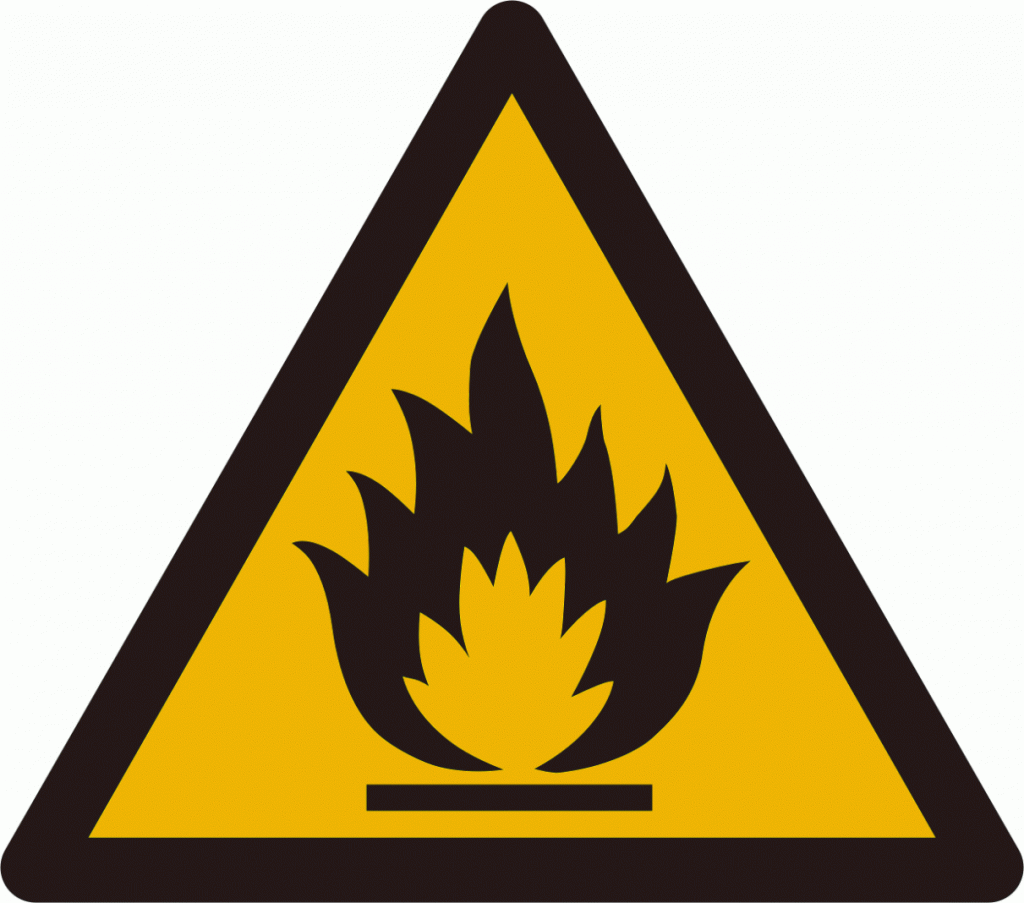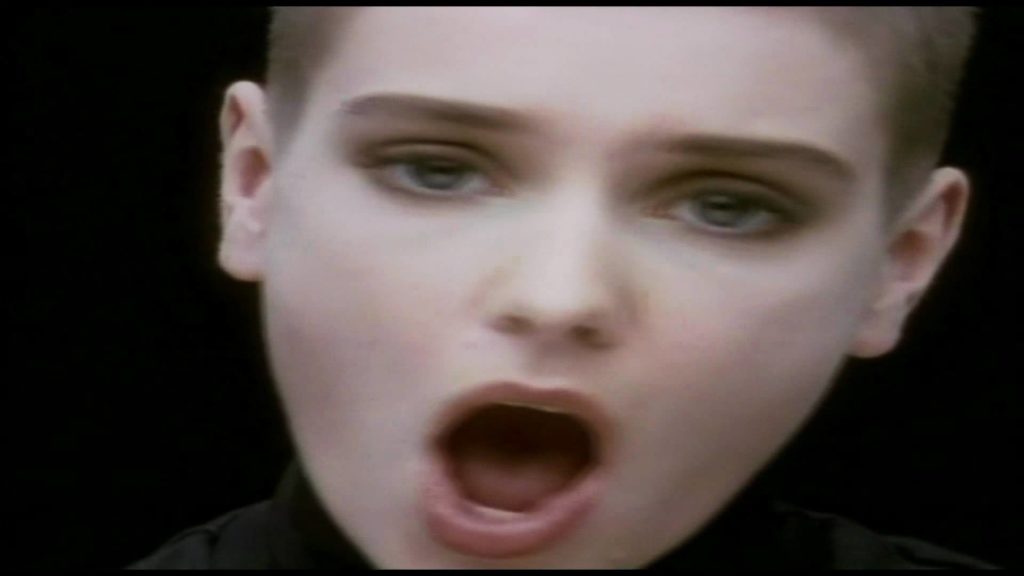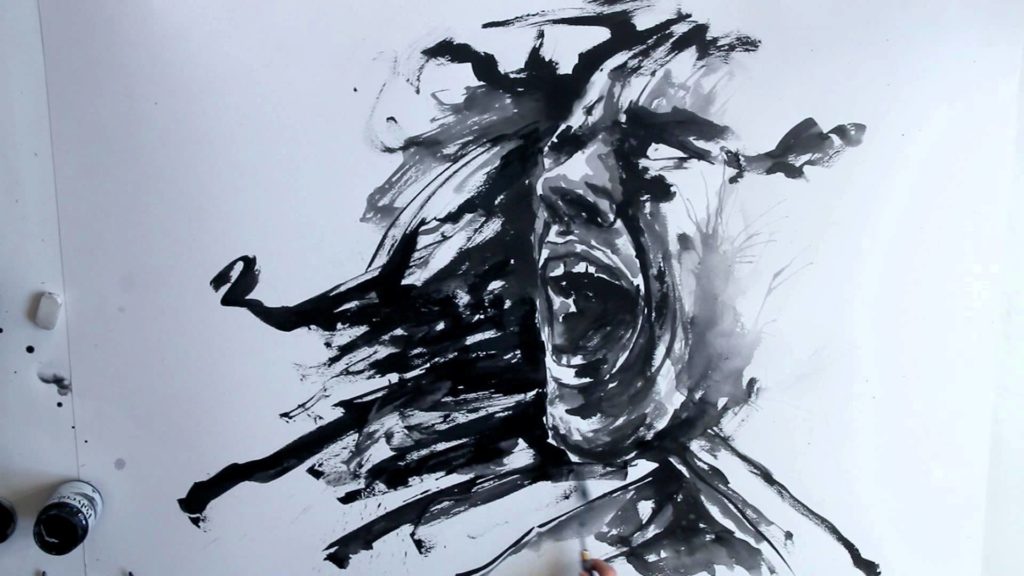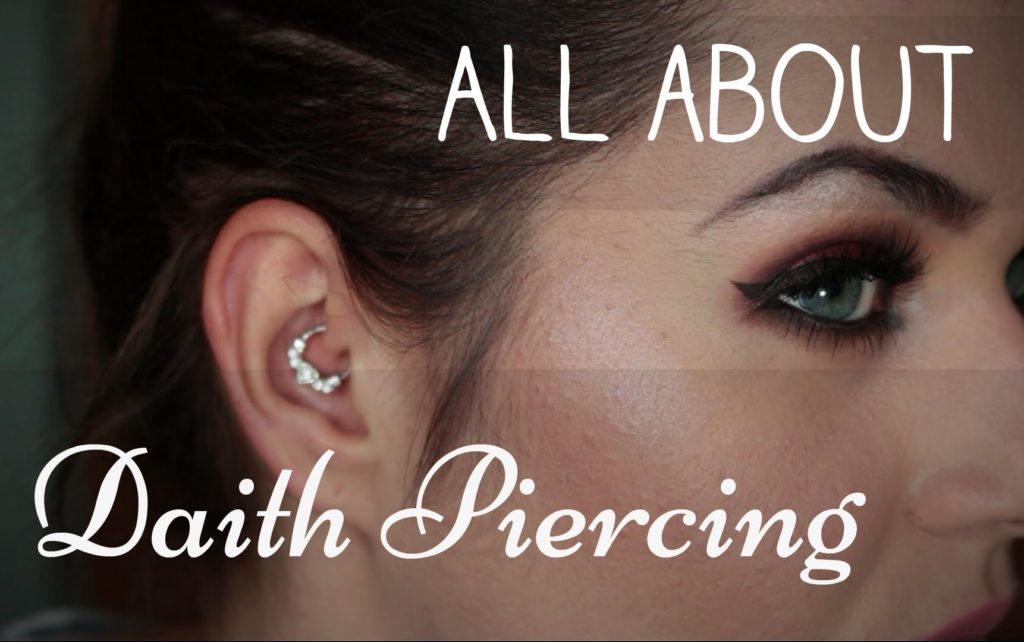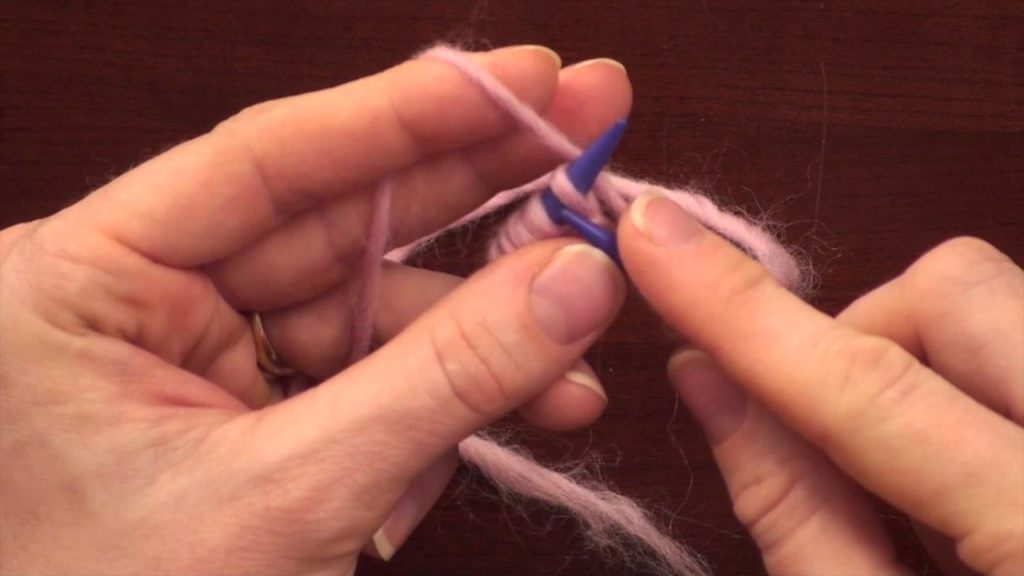The main symptom of complex regional pain syndrome (CRPS) is pain, which can sometimes be severe, continuous and debilitating. It’s usually confined to one limb, but can spread to other parts of the body in some cases.
Chronic pain
The pain associated with CRPS is usually triggered by an injury, but is a lot more severe and long-lasting than would normally be expected.
The pain may be a mix of burning, stabbing or stinging sensations, but there may also be a tingling sensation and numbness.
You may have periods of pain lasting a few days or weeks, called flare-ups, where the pain gets worse. Stress in particular can lead to flare-ups, which is why relaxation techniques and mindfulness training can be an important part of treating CRPS.
If you have CRPS, your skin in the affected area can become very sensitive. Even the slightest touch, bump or change in temperature can provoke intense pain.
You may hear this described in the following medical terms:
hyperalgesia – feeling pain from pressure or temperature that wouldn’t normally be painful
allodynia – experiencing pain from a very light stroke of the affected skin
Other symptoms
In addition to chronic pain, CRPS can also cause a range of other symptoms, including:
strange sensations in the affected limb – it may feel as if the affected limb doesn’t belong to the rest of your body, or it may feel bigger or smaller than the opposite, unaffected limb
alternating changes to your skin – sometimes your skin in the affected limb may be hot, red and dry, whereas other times it may be cold, blue and sweaty
hair and nail changes – your hair and nails in the affected limb may grow unusually slowly or quickly and your nails may become brittle or grooved
joint stiffness and swelling in the affected limb (oedema)
tremors and muscle spasms (dystonia)
difficulty moving the affected body part
difficulty sleeping (insomnia)
small patches of fragile bones (osteoporosis) in the affected limb – although there’s no evidence this could lead to fractures
In very rare cases, CRPS can also lead to further physical complications, such as skin infections and ulcers (open sores), muscle atrophy (where the muscles begin to waste away) and muscle contractures (where the muscles shorten and lose their normal range of movement).
Some of these problems can make it very difficult for people with CRPS to move around.
Psychology in CRPS
The emotional strain of living with chronic pain can sometimes lead to psychological problems, such as depression and anxiety. During periods of extreme pain, some people may even consider suicide.
See your GP as soon as possible if you’ve been experiencing feelings of depression or suicide. They’ll be able to provide help and support.
Alternatively, you can call the Samaritans on 116 123 or email jo@samaritans.org. They’re available 24 hours a day to talk through any issues you may be experiencing, and will do so in total confidence.
When to see your GP
You should see your GP if you have persistent pain that’s preventing you from carrying out everyday activities.
CRPS can be difficult to diagnose, and it’s best to seek help as soon as possible, because early help can reduce unnecessary suffering.
Read more about diagnosing CRPS.
- Blood vessels
- Blood vessels are the tubes in which blood travels to and from parts of the body. The three main types of blood vessels are veins, arteries and capillaries.
- Joint
- Joints are the connection point between two bones that allow movement.
